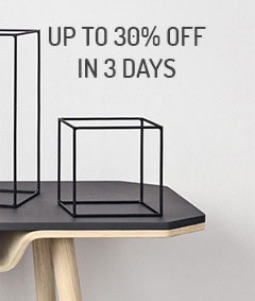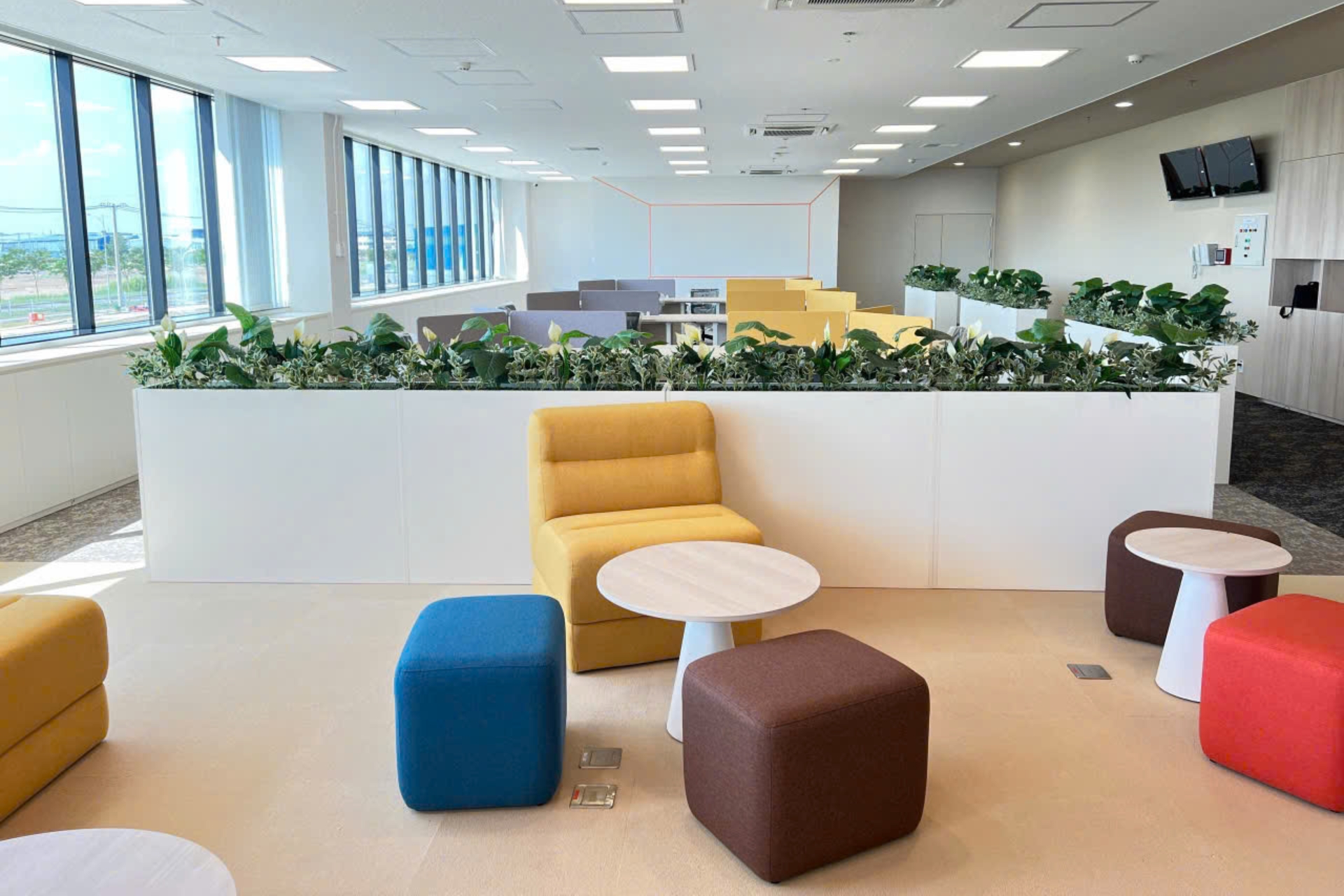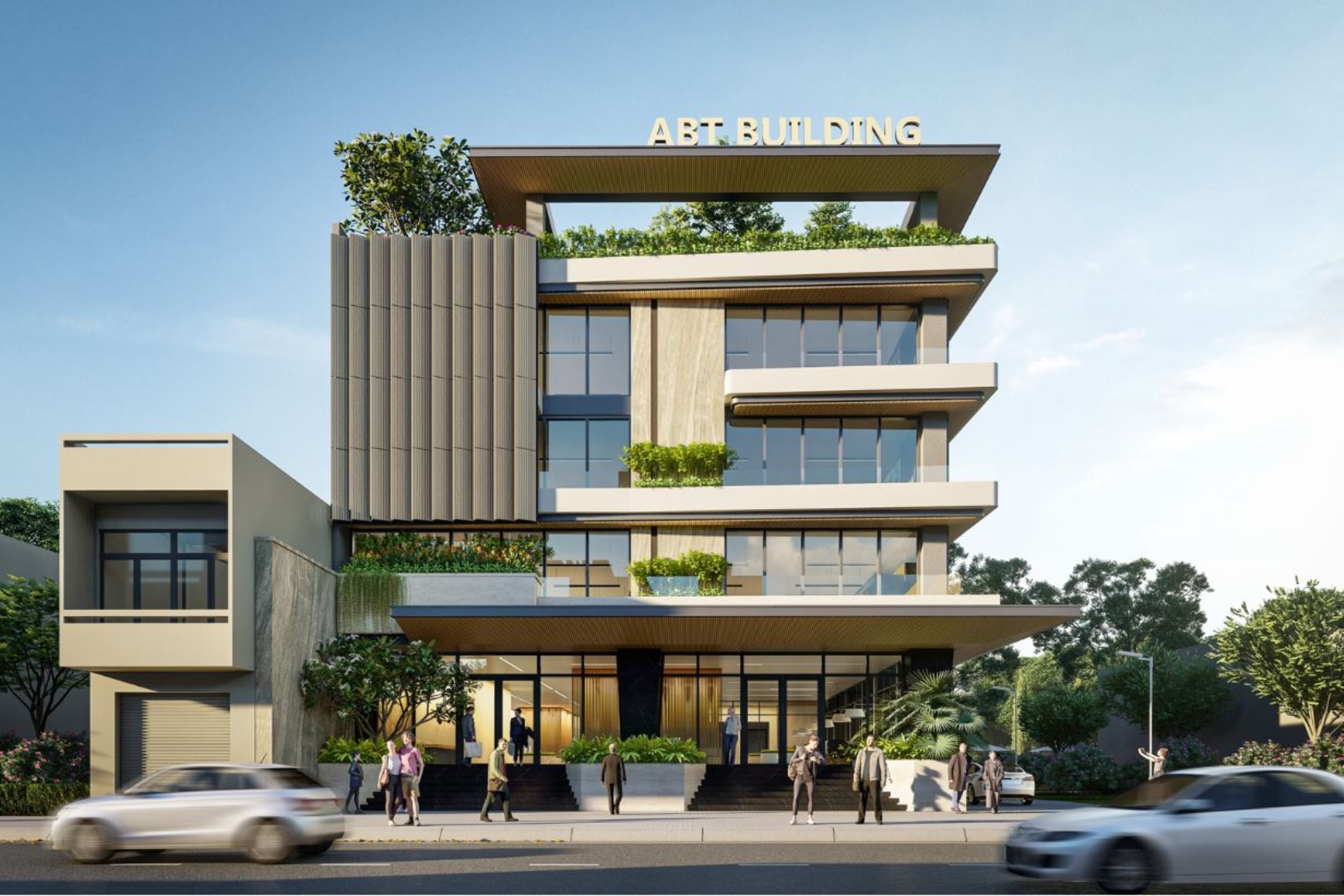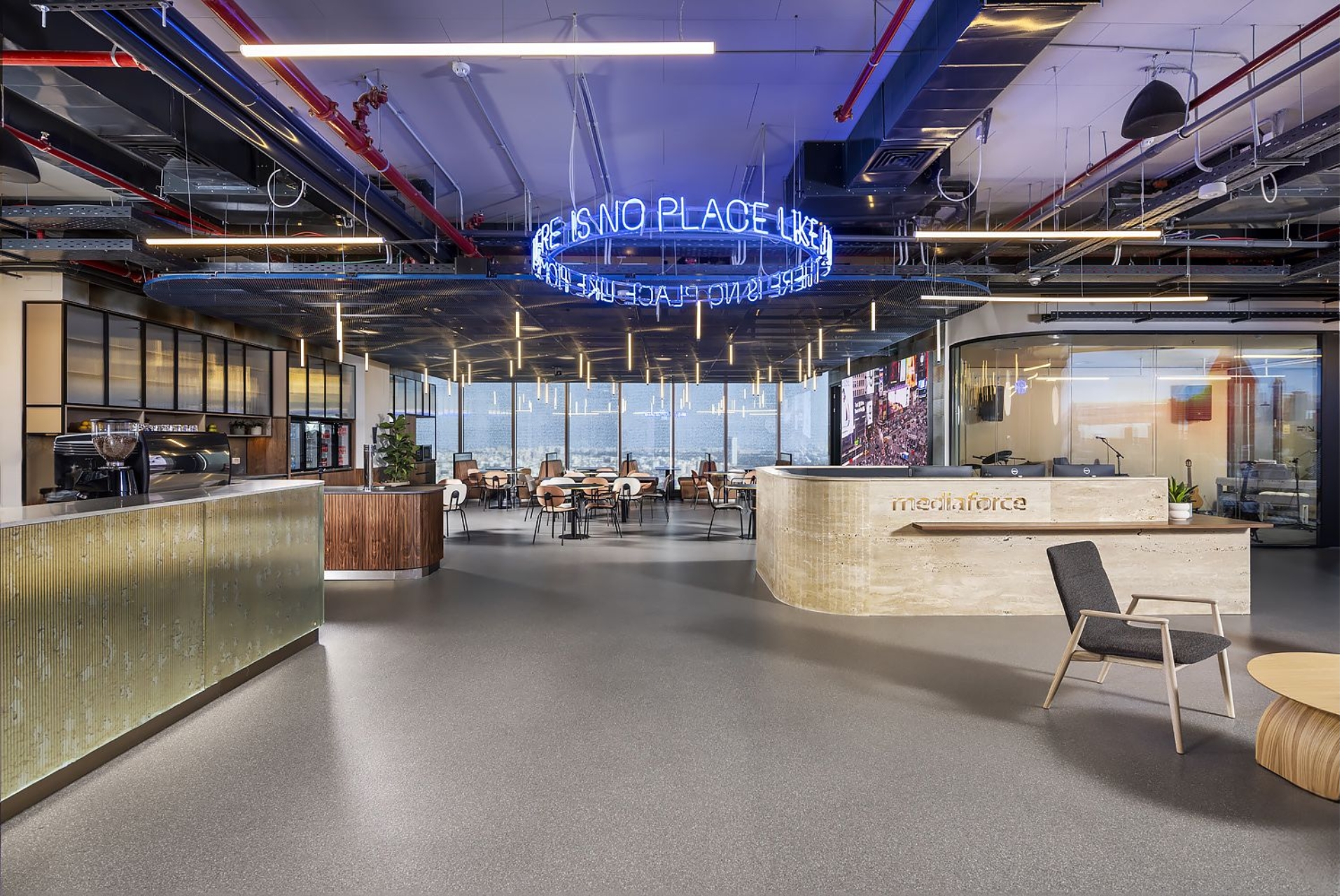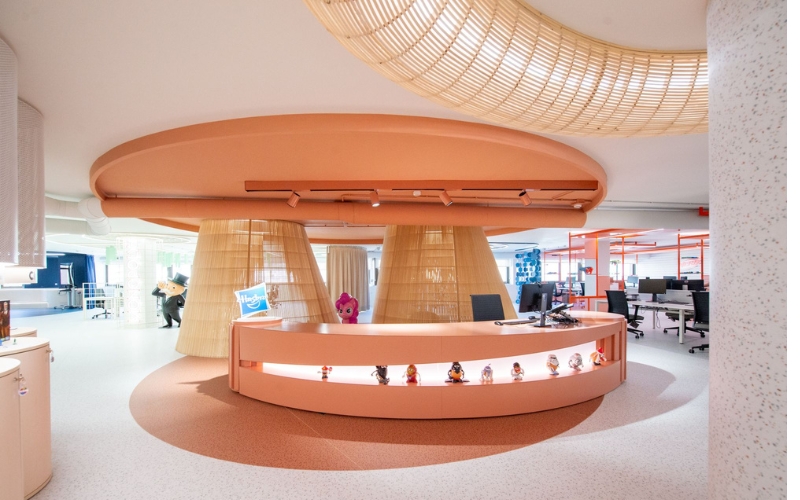
Key Considerations in Office Interior Design
Office interior design is not merely about arranging furniture or choosing colors; it is about creating a harmonious workspace that balances aesthetics, functionality, and other essential factors. A well-designed office not only enhances productivity but also conveys a professional image to clients and partners. Therefore, paying attention to key aspects of office interior design is critical in establishing a modern, comfortable, and inspiring work environment. Let’s explore some essential considerations for office interior design with TECO through this article.
Designing Office Interiors to Suit Business Sectors
The choice of interior design style should align with the specific industry and business operations.
For creative fields such as advertising and graphic design, the office should embody bold, unconventional elements. Vibrant colors, unique designs, and brand-inspired themes stimulate creativity. Incorporating artwork, murals, or innovative décor can further foster an inspiring environment for employees.
For industries like finance, accounting, or legal services, the design must emphasize professionalism, ensuring a functional workspace that fosters productivity while reinforcing trust with clients and partners.
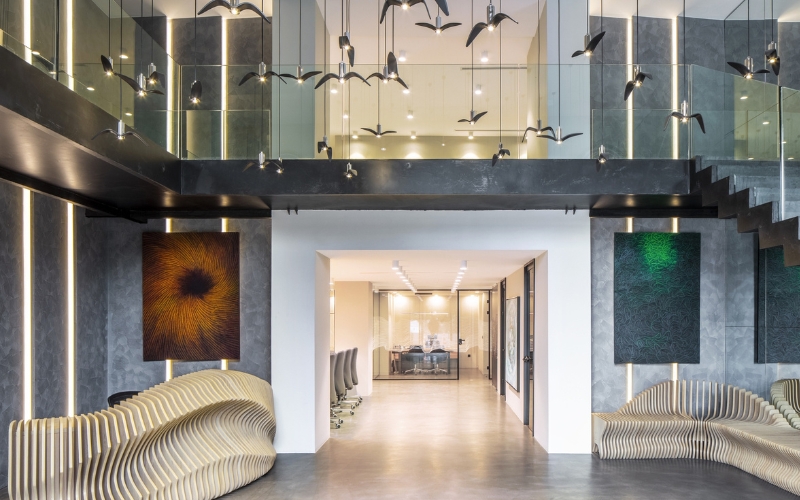
Office design for creative industries requires innovation.
Arranging Furniture Scientifically and Optimizing Space
Furniture arrangement is a critical factor in office design. The size and quantity of furniture should match the office’s dimensions.
For larger offices, use sizeable furniture pieces with more decorative elements. Conversely, smaller spaces require compact, multifunctional furniture to maximize efficiency.
Key considerations for space optimization include:
- Carefully analyzing the floor plan.
- Arranging furniture systematically for easy movement.
- Prioritizing flexible and multifunctional furniture.
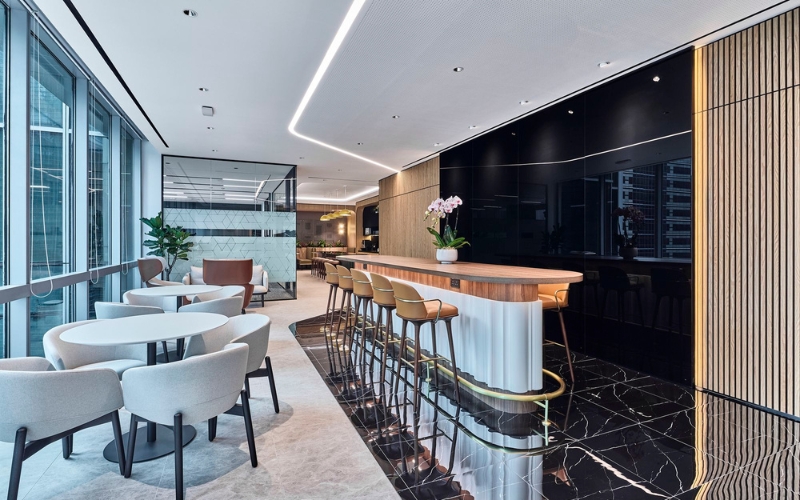
For small offices, it is necessary to use compact, multi-functional furniture.
Ensuring Adequate Lighting in the Office
Lighting plays a pivotal role in office spaces as it affects employees’ health, mood, and work efficiency. Beyond functionality, lighting also enhances the aesthetic appeal of the office. Some key lighting considerations include:
- Even Distribution: Ensure all areas are well-lit, prioritizing natural light from windows while avoiding glare.
- Combination of Natural and Artificial Light: Leverage natural light as the primary source and regulate it using curtains. Where natural light is limited, use harmonious artificial lighting from ceiling and desk lamps to avoid health impacts.
- Accent Lighting: Highlight key elements like the logo, brand features, or reception areas with decorative lighting. Table lamps or corner lights can add both functionality and visual appeal.
- Room-Specific Lighting: Use white or neutral lighting in work areas for efficiency, soft lighting in meeting rooms for sophistication, and warm lighting in relaxation zones for comfort.
- Size-Appropriate Lighting: For large offices, prioritize ceiling lights with additional small fixtures in corners. Smaller spaces may benefit from neon lighting to reduce heat.
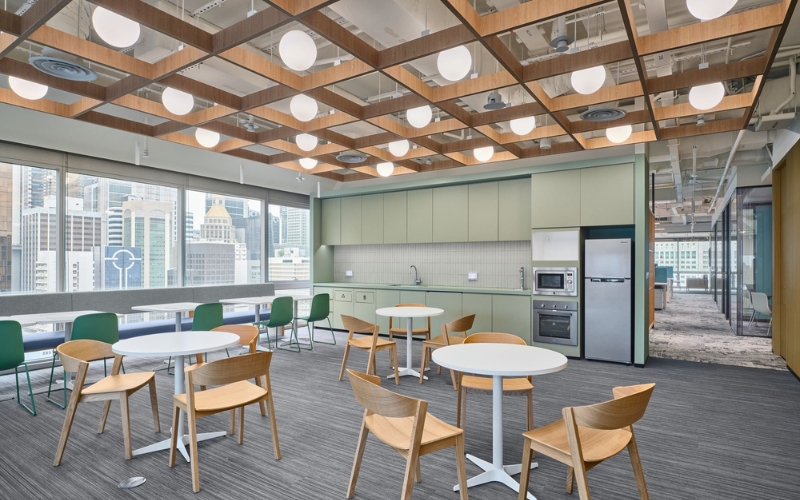
The importance of lighting in office interior design.
Harmonizing Colors in Office Interior Design
A popular rule for office design is the 60-30-10 principle, where:
- 60% of the space is painted in a primary color, typically neutral tones like beige, gray, or white.
- 30% is accented with complementary colors to balance and enhance the space’s dynamics.
- 10% features a standout color to create visual interest and leave a lasting impression.

The rule of color coordination in interior design is 60-30-10.
Emphasizing Feng Shui Principles in Office Design
Beyond architectural and functional elements, achieving balance and adhering to feng shui principles is essential. Feng shui considerations influence a company’s fortune, prosperity, and growth. Some key points include:
- Avoid placing desks directly opposite doors or near restrooms.
- Keep hallways and pathways spacious to attract positive energy.
- Choose materials, colors, and furniture aligned with the CEO or manager’s astrological compatibility.
- Ensure adequate space between workstations for comfort and productivity.
- Position desks with a view of large windows for openness, and ensure solid backing for stability.
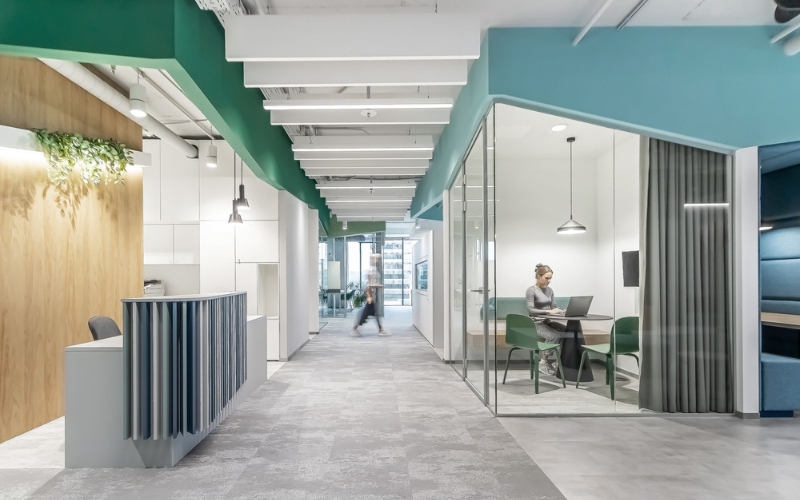
Walkways and corridors need to be wide and open to attract good energy.
By addressing critical aspects such as aligning office design with the business sector, arranging furniture effectively, ensuring adequate lighting, harmonizing colors, and adhering to feng shui principles, businesses can create a professional, productive, and inspiring workspace. Investing in office design is, ultimately, an investment in the sustainable growth and long-term success of the organization.
